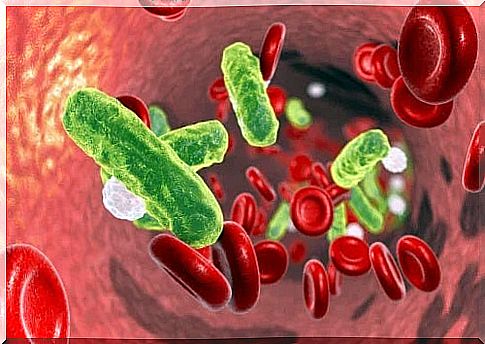World Blood Donor Day

Every country in the world celebrates World Blood Donor Day on June 14. The World Health Organization (WHO) chose this time in honor of the Landsteiner scientist and they wanted to strengthen the urge to donate blood.
Landsteiner was an Austrian biologist born on June 14, 1868. He became known in the scientific field when he discovered how blood groups are classified based on the ABO system. He received the Nobel Prize in Physiology or Medicine in 1930 for his discovery.
There is always a motto chosen for World Blood Donor Day. “Safe blood for all” was the motto chosen in 2020. The aim is to raise awareness of the biosecurity measures needed to extract, store and transfer blood from one person to another.
We must mention that blood is an element that we cannot manufacture artificially. So the only way to be able to give this substance to someone who needs it is through donations.
What does it mean to get safe blood?
World Blood Donor Day brings to the fore both the commitment of those who donate and the work of the blood banks that manage donations and preserve blood. Blood safety, so that the beneficiary patients are not infected with anything, is essential in this process.
The blood certainly does not host pathogenic microorganisms and does not contain toxic substances. These include viruses, bacteria, fungi and parasites.
Decades ago, the transmission of pathogens through donated blood was a major problem. There have been cases of hepatitis C and Chagas infections due to a lack of biosecurity in transfusions.
Fortunately, the control and detection systems for bacteria in the donated blood have improved significantly. Currently, laboratory technicians can test the blood for various infections. The blood is usually tested for hepatitis, human immunodeficiency virus, syphilis, Chagas and brucellosis.
Laboratories shed any blood that tests positive for a particular infection. At the same time, the protocol involves notifying the donor so that he can receive the appropriate diagnosis and treatment.

Safe blood is also free
This is why security also depends on public policies implemented to protect donor privacy and integrity. The act must be voluntary and altruistic and not subject to payment or profit.
However, this is difficult in the global economic context. Most blood donations take place in high-income countries, with the rest of the states having an acute shortage of blood and a black market on which this biological substance is traded.
Who can be a blood donor?
In terms of weight, donors should weigh more than 50 kg. In terms of age, only people between the ages of 18 and 65 can donate blood due to possible side effects, which, although minimal, tend to occur in those who are too young or too old.
A person should not donate blood more often 3-4 times during a year. The recommendation is based on the time of replacement of red blood cells, which is about 3 months. Spacing donations gives the bone marrow enough time to recover.
Generally, there is an initial interview with the patient to determine the viability of the donation. A person can donate blood as soon as he meets all the requirements.










